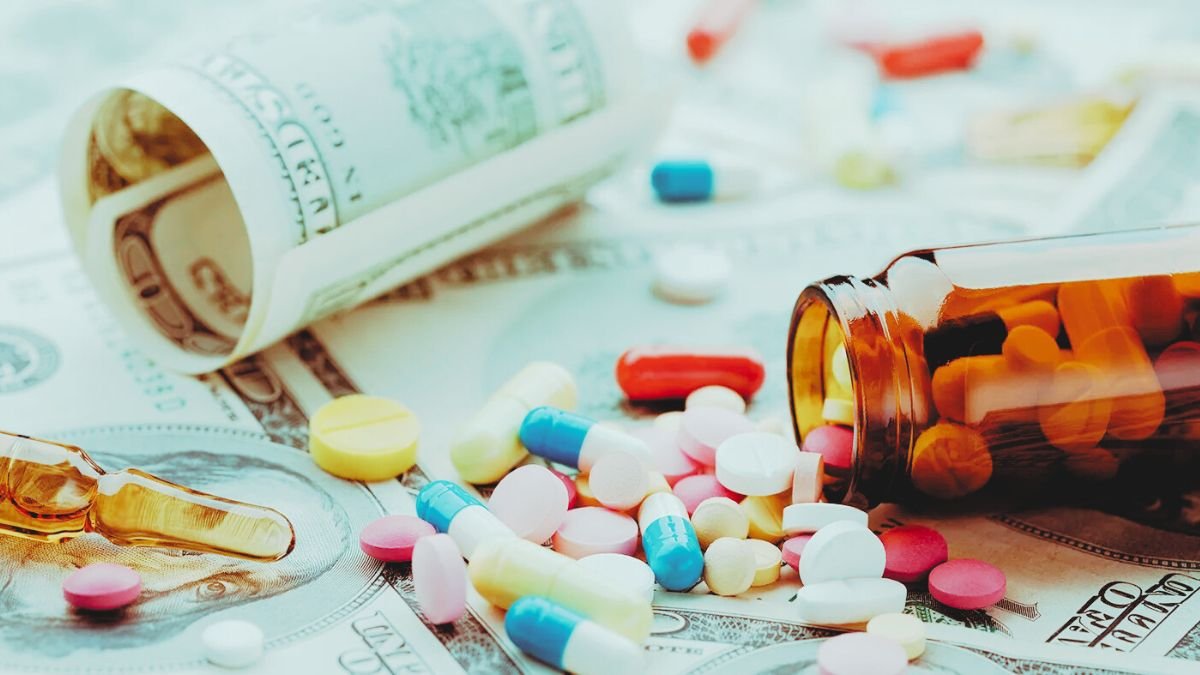Trump to Announce Tariffs on Semiconductors and Pharmaceuticals to Boost U.S. Production
The measures, aimed at bolstering domestic manufacturing, are being investigated under a law that allows for tariffs on goods deemed essential for national security.

Washington D.C. – In a move to onshore critical industries, President Trump has announced his intention to impose tariffs on imported semiconductors and pharmaceuticals, with a formal announcement expected “within the next week or so.” The president’s stated goal is to have these vital products manufactured in the United States.
The proposed tariffs are the result of ongoing investigations by the Department of Commerce under Section 232 of the Trade Expansion Act of 1962. This provision allows the president to levy tariffs on goods considered essential to national security.The department initiated these specific investigations into the semiconductor and pharmaceutical industries on April 1, 2025.
“We’re going to be announcing on semiconductors and chips,” President Trump stated, emphasizing, “We want them made in the United States.”
For pharmaceuticals, the president outlined a phased approach for the tariffs. He indicated that the initial tariffs on imported drugs would be “initially small” but could escalate significantly over time. “In one year, one-and-a-half years maximum, it’s going to go to 150% and then it’s going to go to 250%,” he explained. “We want pharmaceuticals made in our country.”
These planned tariffs are part of a broader “America First” trade policy that has seen similar actions taken in other sectors, including steel and aluminum.The administration has been re-evaluating U.S. supply chains for key industries to reduce reliance on foreign manufacturing.
While a specific tariff rate for semiconductors has been floated at “25 percent and higher,” the White House has also recently confirmed a 15% tariff rate in a trade deal with the European Union that would encompass autos, auto parts, pharmaceuticals, and semiconductors. More broadly, the administration has announced new reciprocal tariff rates for dozens of countries, with some rates reaching as high as 41%.
The push for domestic production also aligns with other administration efforts, such as encouraging investment in U.S.-based manufacturing. For instance, there has been a significant increase in outbound investment from Taiwan to the United States, with a focus on the tech sector.
The administration has given the Department of Commerce 270 days from the start of the investigation to present its findings, after which the president has 90 days to decide on any remedial actions. Businesses and industry stakeholders have been given opportunities to provide public comment on the potential impact of these tariffs.






